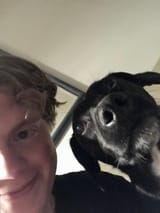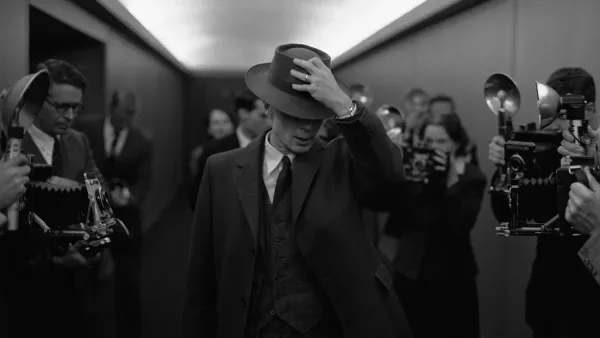Nature Shorts 1 at SBIFF: The Green Buffalo, Meet Me at the Creek, The Last Observers


The Green Buffalo
Media created about indigenous people and issues on Turtle Island (North America) are often lacking, falling into myriad dehumanizing tropes. The Green Buffalo manages to avoid these pitfalls by (surprise!) treating its indigenous subjects as real people.
The film covers an initiative by members of the Lower Sioux Indian Community to replace insufficient and hazardous housing units with highly durable and ecologically viable “hempcrete,” a concrete substitute made from hemp stems. This endeavor allows the community a degree of self-sufficiency and economic independence, which is crucial in navigating a post-genocide system of domination in which the United States government has engineered widespread dispossession, forcing people on reservations to remain trapped in cycles of poverty. The Green Buffalo provides some context for the current destitute state of Lower Sioux, and actually went harder on colonization and its consequences than I expected for something shown at SBIFF.
“Community care” is a hot topic on the internet right now: You will not find a clearer example of community care than the work being done in this film. A resilient group of people that should never have had to be resilient in the first place, working to pull themselves out of the mire of genocide, ecological destruction, and dispossession because the state will certainly never do it for them. A fairly standard documentary in terms of format and structure, but the material covered more than makes up for it.

ᏗᏂᏠᎯ ᎤᏪᏯ, or Meet Me at the Creek
Meet Me at the Creek feels like stepping into someone’s dream. Rebecca Jim, a Cherokee elder, narrates the short film in a gentle stream of consciousness, melding her personal history with the history of her people. Jim’s life mission is to restore the “irreversibly damaged” Tar Creek, which has turned red and lifeless, bleeding, due to abandoned mining projects upstream.
“Going back to the water is like going back to our mother” Jim asserts. Her words are overlaid with gauzy footage of the land she now calls home (the Cherokee have been displaced many times), a meadow and woodland with a creek running through it. We are treated to lush shots of Cherokee nation citizens relaxing and playing in the water, held up both as a reflection of a world that once was, and a projection of a future that could be.

The Last Observers
Lennart saw Karin in the keffiyeh and was like “I gotta lock this baddie down” and that’s so real of him…
Lennart and Karin are weather observers in a remote corner of Sweden, whose job since 1987 has been to observe and record weather patterns every three hours, twenty-four hours a day, seven days a week. They are the last of their kind, with all other weather observations now assumed by machines. In this sentimental short documentary directed by their daughter, the couple reflects on the unconventional life they’ve shared–it’s delightful.
At one time Karin calls Lennart “my darling friend.” My darling friend. May we all find our darling friend(s) to share our weird, hyper specific soul work with.
“Live where you are and enjoy what’s there.”




